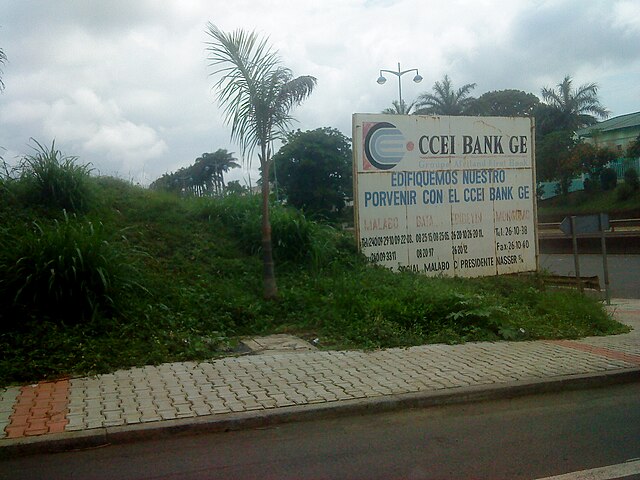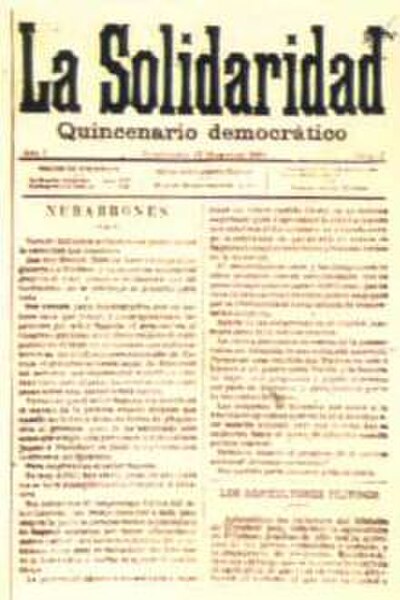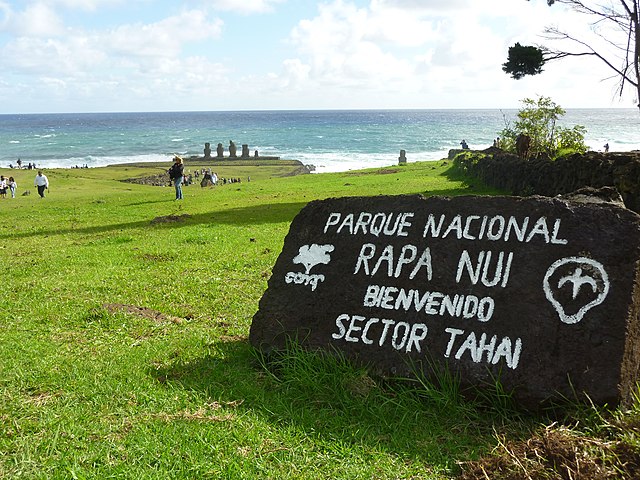The Royal Spanish Academy is Spain's official royal institution with a mission to ensure the stability of the Spanish language. It is based in Madrid, Spain, and is affiliated with national language academies in 22 other Hispanophone nations through the Association of Academies of the Spanish Language.
Inauguration of the RAE building in Madrid by Alfonso XIII, 1894
Title page of Fundación y estatútos de la Real Académia Españóla (Foundation and statutes of the Royal Spanish Academy) (1715)
Partial view of the library at the RAE
View of the front facade of the RAE building
Spanish or Castilian (castellano) is a Romance language of the Indo-European language family that evolved from the Vulgar Latin spoken on the Iberian Peninsula of Europe. Today, it is a global language with about 500 million native speakers, mainly in the Americas and Spain, and about 600 million when including second language speakers. Spanish is the official language of 20 countries, as well as one of the six official languages of the United Nations. Spanish is the world's second-most spoken native language after Mandarin Chinese; the world's fourth-most spoken language overall after English, Mandarin Chinese, and Hindustani (Hindi-Urdu); and the world's most widely spoken Romance language. The country with the largest population of native speakers is Mexico.
Antonio de Nebrija, author of Gramática de la lengua castellana, the first grammar of a modern European language
Spanish language signage in Malabo, capital city of Equatorial Guinea
Spanish language newspaper in the Philippines from 1892
Announcement in Spanish on Easter Island, welcoming visitors to Rapa Nui National Park








